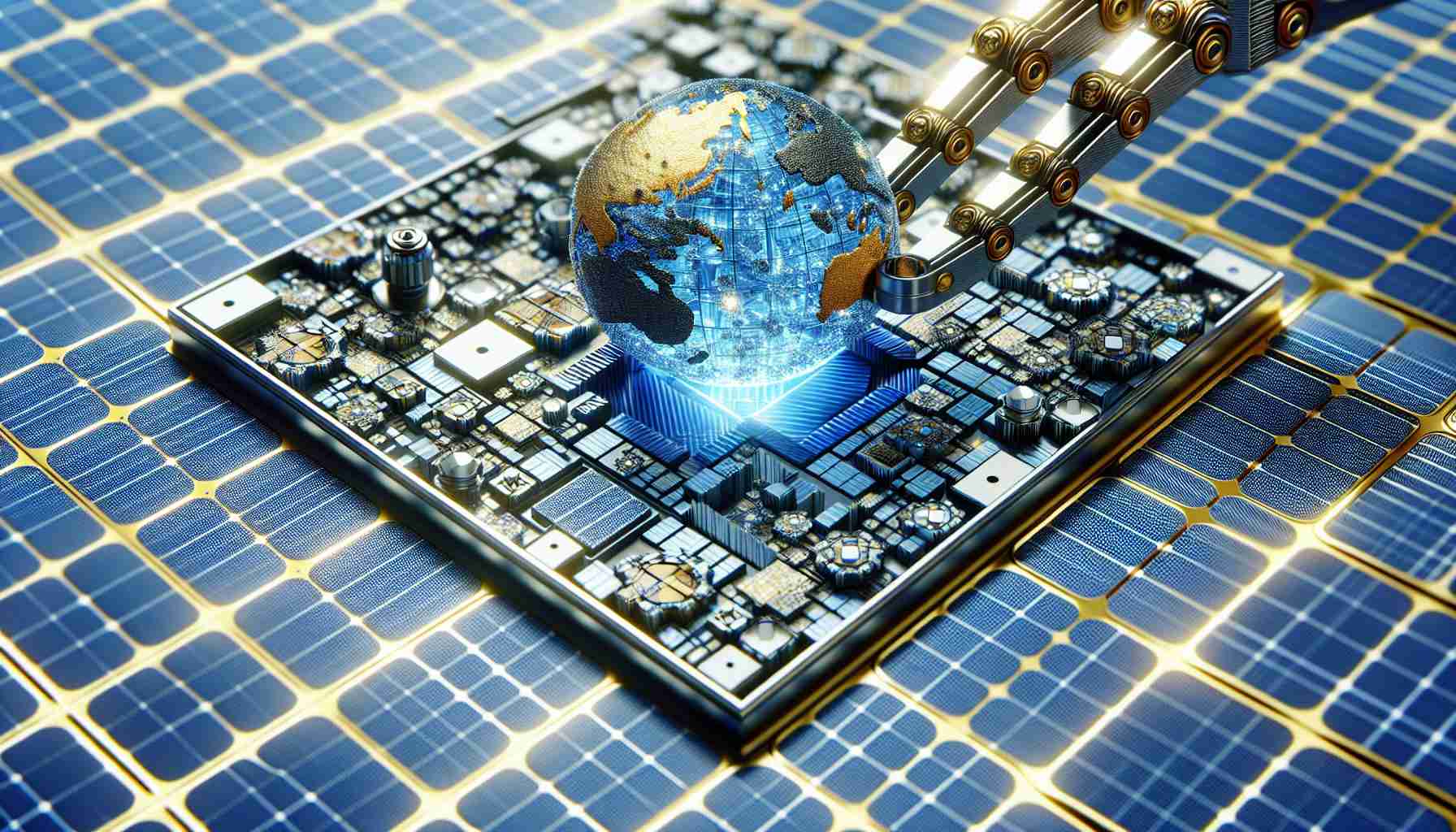- Kesterite solar cells, especially CZTS, are made from non-toxic and abundant materials, making them environmentally friendly.
- Current efficiency of CZTS cells is at 11.4%, significantly lower than traditional silicon cells.
- Carrier recombination is a major issue affecting the efficiency of solar cells.
- Hydrogen annealing is a novel technique developed to improve CZTS efficiency by reducing defects and redistributing elements.
- This new process can potentially boost CZTS efficiency beyond 15%.
- CZTS can be used in tandem solar cells with silicon, enhancing sunlight capture and promoting cost-effective solar solutions.
- The advancements in CZTS technology promise a shift towards more sustainable and affordable solar energy.
Imagine harnessing the sun’s energy more efficiently while using environmentally friendly materials. Enter kesterite solar cells, particularly CZTS (Cu₂ZnSnS₄). This unique semiconductor is made from abundant, non-toxic elements like copper, zinc, tin, and sulfur, making it a sustainable alternative to traditional silicon cells. Currently, CZTS cells max out at 11.4% efficiency, while silicon towers at over 20%. But researchers are changing the game.
The biggest culprit for low efficiency? A pesky problem called carrier recombination. As sunlight energizes particles in the solar cell, some lose their way before generating electricity. To tackle this, scientists at the University of New South Wales have introduced a groundbreaking technique called hydrogen annealing. By heating CZTS cells in a hydrogen gas atmosphere, they can subtly reshape the material, significantly boosting its performance.
This innovative process redistributes essential elements and reduces defects that trap valuable energy-carrying particles. The stunning outcome revealed higher efficiency, marking a pivotal leap for the CZTS technology.
But the excitement doesn’t stop there! CZTS can also shine in tandem solar cells, stacking on silicon to capture a wider range of sunlight. Together, they could lead to solar solutions that are cheaper, greener, and more widely accessible.
As researchers strive to push CZTS efficiency above 15%, the promise of affordable and sustainable solar energy moves closer within reach. Exciting times are ahead, as CZTS could help transform our future energy landscape—one ray of sunshine at a time!
Revolutionizing Solar Energy: The Promise of Kesterite Solar Cells
Kesterite solar cells, particularly those made from CZTS (Cu₂ZnSnS₄), are gaining recognition as a sustainable and efficient alternative to traditional silicon solar cells. These cells are primarily composed of abundant, non-toxic materials—copper, zinc, tin, and sulfur—making them an environmentally friendly option for harnessing solar energy.
Innovations in Efficiency
Currently, CZTS solar cells have reached an efficiency of around 11.4%, significantly below silicon’s over 20%. The main challenge for the lower efficiency has been identified as carrier recombination, a phenomenon where energized particles fail to contribute to electricity generation. Researchers at the University of New South Wales have made a breakthrough by employing hydrogen annealing, a technique that enhances the properties of CZTS cells by altering their material structure in a hydrogen gas atmosphere, thereby redistributing elements and reducing defects that impede energy capture.
Future Prospects
As scientific efforts continue, researchers aim to increase CZTS efficiency to over 15%. This progress holds the potential to make solar energy increasingly affordable and widely available. One exciting avenue is the use of CZTS in tandem solar cells, which can be combined with silicon cells to capture a broader spectrum of sunlight. The result promises greater energy conversion and reduced costs.
Key Insights and Trends
1. Market Forecasts: The global solar energy market is projected to expand significantly, with kesterite solar cells expected to play a notable role, particularly in regions seeking sustainable energy solutions.
2. Sustainability: The focus on using non-toxic and abundant materials aligns well with global sustainability initiatives, making CZTS an attractive option for eco-conscious consumers and businesses.
3. Limitations: Despite advancements, the current efficiency of CZTS still lags behind that of silicon, presenting a hurdle that researchers are actively addressing. The scaling of production and commercial viability also remains a concern.
Frequently Asked Questions
1. What are the advantages of CZTS solar cells compared to traditional silicon cells?
CZTS solar cells are made from abundant, non-toxic elements, making them a more sustainable and environmentally friendly option. They also have the potential to be incorporated into tandem systems, improving overall efficiency.
2. How does hydrogen annealing improve CZTS efficiency?
Hydrogen annealing optimizes the material structure of CZTS cells by redistributing essential elements and reducing defects that lead to energy losses. This process enhances carrier mobility, allowing more absorbed sunlight to convert into electricity.
3. What is the future outlook for kesterite solar technology?
The future looks promising as researchers target further increases in efficiency, aiming to exceed 15%. If successful, kesterite solar cells could become a key player in the renewable energy market, providing cost-effective solutions that contribute to a sustainable energy future.
For more information, visit ScienceDirect.
